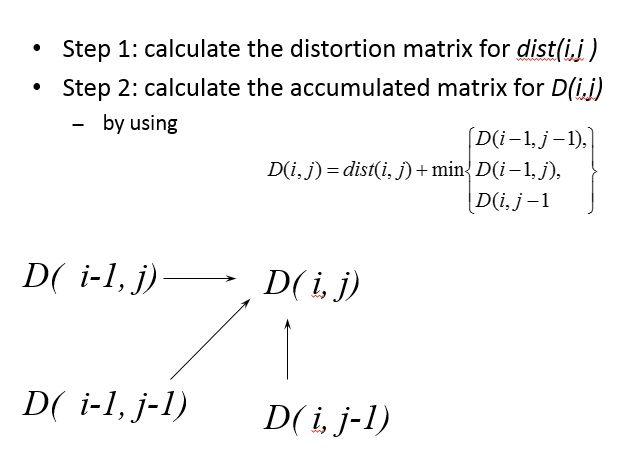python基于pyDes库实现des加密的方法
本文实例讲述了python基于pyDes库实现des加密的方法。分享给大家供大家参考,具体如下:
下载及简介地址:https://twhiteman.netfirms.com/des.html
如需要在python中使用des加密,可以直接使用pyDes库加密,该库提供了CBC和ECB两种加密方式。
1、Windows下安装
下载后pyDes-x.x.x.zip并解压后,里面有setup.py文件,使用命令 setup.py --help可查看详细使用。
你可以使用命令python setup.py install命令安装,也可以直接将压缩包内的pyDes.py拷贝到本地的python lib库下直接开始使用
2、 使用
使用参数如下(拷贝自上述提供的地址):
Class initialization
--------------------
pyDes.des(key, [mode], [IV], [pad], [padmode])
pyDes.triple_des(key, [mode], [IV], [pad], [padmode])
key -> Bytes containing the encryption key. 8 bytes for DES, 16 or 24 bytes
for Triple DES
mode -> Optional argument for encryption type, can be either
pyDes.ECB (Electronic Code Book) or pyDes.CBC (Cypher Block Chaining)
IV -> Optional Initial Value bytes, must be supplied if using CBC mode.
Length must be 8 bytes.
pad -> Optional argument, set the pad character (PAD_NORMAL) to use during
all encrypt/decrpt operations done with this instance.
padmode -> Optional argument, set the padding mode (PAD_NORMAL or PAD_PKCS5)
to use during all encrypt/decrpt operations done with this instance.
I recommend to use PAD_PKCS5 padding, as then you never need to worry about any
padding issues, as the padding can be removed unambiguously upon decrypting
data that was encrypted using PAD_PKCS5 padmode.
Common methods
--------------
encrypt(data, [pad], [padmode])
decrypt(data, [pad], [padmode])
data -> Bytes to be encrypted/decrypted
pad -> Optional argument. Only when using padmode of PAD_NORMAL. For
encryption, adds this characters to the end of the data block when
data is not a multiple of 8 bytes. For decryption, will remove the
trailing characters that match this pad character from the last 8
bytes of the unencrypted data block.
padmode -> Optional argument, set the padding mode, must be one of PAD_NORMAL
or PAD_PKCS5). Defaults to PAD_NORMAL
Example:
from pyDes import *
# For Python3, you'll need to use bytes, i.e.:
# data = b"Please encrypt my data"
# k = des(b"DESCRYPT", CBC, b"\0\0\0\0\0\0\0\0", pad=None, padmode=PAD_PKCS5)
data = "Please encrypt my data"
k = des("DESCRYPT", CBC, "\0\0\0\0\0\0\0\0", pad=None, padmode=PAD_PKCS5)
d = k.encrypt(data)
print "Encrypted: %r" % d
print "Decrypted: %r" % k.decrypt(d)
assert k.decrypt(d, padmode=PAD_PKCS5) == dat
以下是本人使用的例子,使用CBC加密的方式:
import base64 from pyDes import * Des_Key = "BHC#@*UM" # Key Des_IV = "\x22\x33\x35\x81\xBC\x38\x5A\xE7" # 自定IV向量 def DesEncrypt(str): k = des(Des_Key, CBC, Des_IV, pad=None, padmode=PAD_PKCS5) EncryptStr = k.encrypt(str) return base64.b64encode(EncryptStr) #转base64编码返回
PS:关于加密解密感兴趣的朋友还可以参考本站在线工具:
MD5在线加密工具:
http://tools.jb51.net/password/CreateMD5Password
迅雷、快车、旋风URL加密/解密工具:
http://tools.jb51.net/password/urlrethunder
在线散列/哈希算法加密工具:
http://tools.jb51.net/password/hash_encrypt
在线MD5/hash/SHA-1/SHA-2/SHA-256/SHA-512/SHA-3/RIPEMD-160加密工具:
http://tools.jb51.net/password/hash_md5_sha
在线sha1/sha224/sha256/sha384/sha512加密工具:
http://tools.jb51.net/password/sha_encode
更多关于Python相关内容感兴趣的读者可查看本站专题:《Python编码操作技巧总结》、《Python数据结构与算法教程》、《Python Socket编程技巧总结》、《Python函数使用技巧总结》、《Python字符串操作技巧汇总》、《Python入门与进阶经典教程》及《Python文件与目录操作技巧汇总》
希望本文所述对大家Python程序设计有所帮助。


